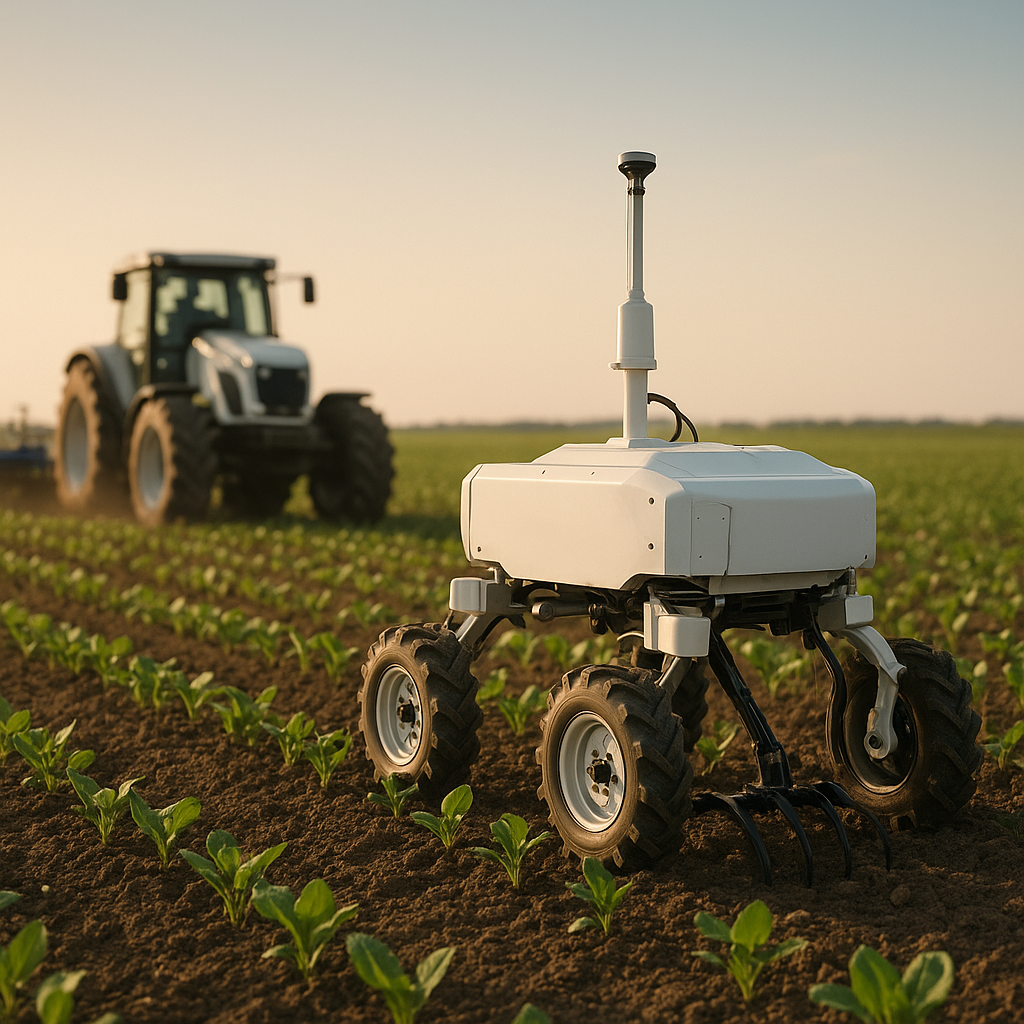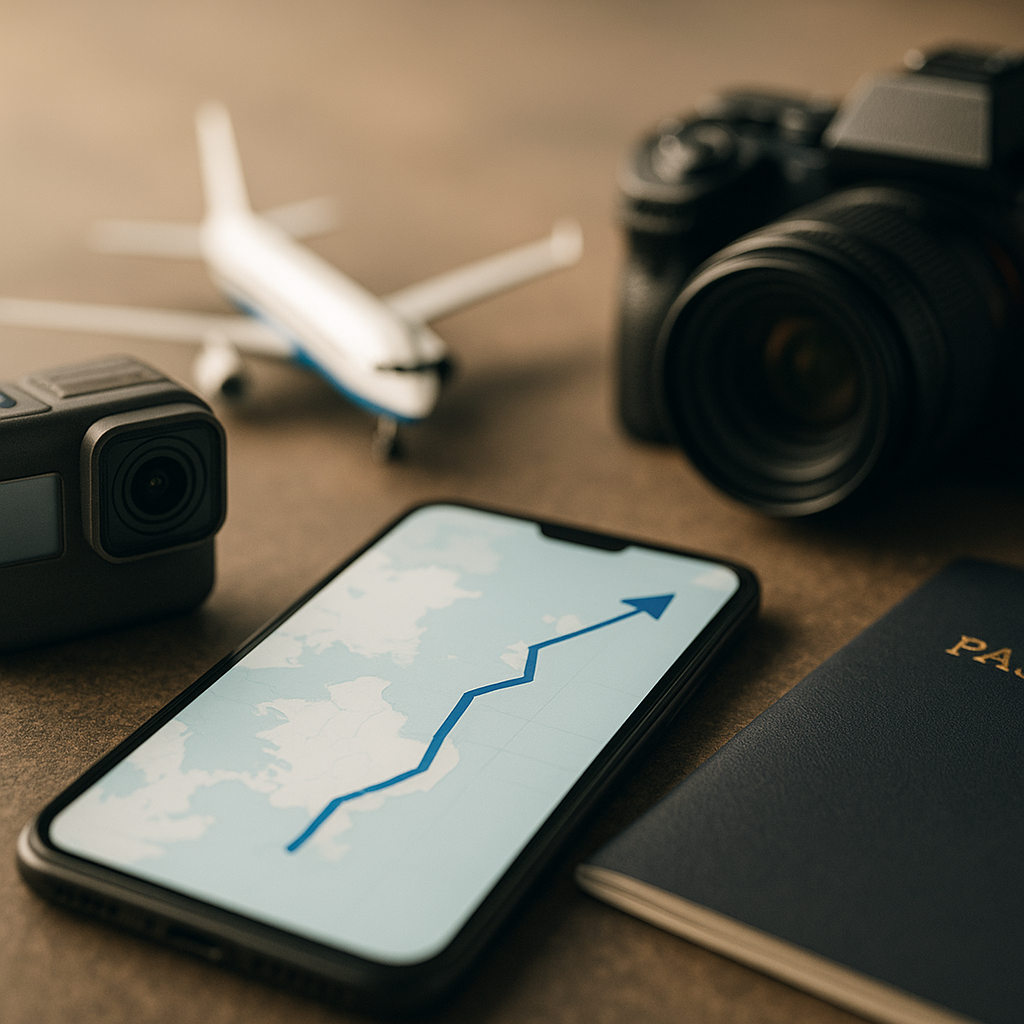The Future of Autonomous Delivery Drones: Convenience Redefined
As we venture further into an era defined by technological innovation, the landscape of delivery services is undergoing a transformative shift. Autonomous delivery drones are at the forefront of this evolution, promising unparalleled convenience and efficiency. Their integration into daily life could redefine how we receive goods and interact with businesses.

The Rise of Drone Technology
The deployment of autonomous delivery drones has gained momentum due to advancements in artificial intelligence (AI) and drone technology. Companies are increasingly investing in this space, recognizing the potential for drones to revolutionize logistics and supply chains.
- Increased Efficiency: Drones can significantly reduce delivery times, often completing routes faster than traditional delivery vehicles.
- Cost Reduction: Operational costs associated with drones are generally lower, which can lead to reduced prices for consumers.
- Sustainability: Drones offer a more environmentally friendly alternative to conventional delivery methods, lowering carbon emissions associated with transportation.
Adoption in Urban Areas
Urban environments stand to benefit greatly from the use of delivery drones. High population density and traffic congestion in cities often lead to delays in delivery services. Drones can navigate above ground traffic, ensuring faster delivery.
Many major cities are already testing pilot programs featuring drones, aiming to streamline last-mile delivery services. These programs not only enhance delivery capabilities but also provide valuable data on operational efficiency and customer preferences.
Challenges Ahead
Despite their significant advantages, the widespread adoption of delivery drones is not without challenges. Key issues that companies and regulators face include:
- Regulatory Hurdles: Legal frameworks governing airspace and drone operations need to be established and refined to ensure safety and compliance.
- Privacy Concerns: Drones equipped with cameras or sensors may raise privacy issues among consumers and communities.
- Technical Limitations: Weather conditions, battery life, and payload restrictions can hinder drone performance and reliability.
Consumer Perspectives
The success of autonomous delivery drones largely depends on consumer acceptance. Surveys indicate that many people are intrigued by the idea of drone deliveries but have reservations related to safety and privacy. Education and transparent communication from companies will be essential to address these concerns and build trust.
Real-World Applications and Future Directions
Several companies are already at the forefront of implementing drone technology. For instance:
- Retail Partnerships: Major retailers are collaborating with drone companies to enhance their delivery capabilities, particularly in urban markets.
- Medical Deliveries: Drones are increasingly used for emergency medical supplies, particularly in remote or hard-to-reach areas.
- Food Delivery: Restaurants are exploring drone services to expedite meal delivery, providing an innovative dining experience.
As drone technology continues to evolve, we can expect more applications to emerge. From delivery logistics in rural areas to potential uses in disaster response, the future of autonomous delivery drones is promising, moving beyond mere convenience to becoming essential tools in service delivery.
Conclusion
The landscape of delivery services is on the brink of unprecedented transformation with the rise of autonomous delivery drones. While there are challenges to overcome, the potential benefits in efficiency, cost-effectiveness, and environmental impact are significant. The industry stakeholders must work collaboratively to navigate regulatory landscapes, address consumer concerns, and realize the full potential of this innovative technology.
Related Video
Watch the evolution of delivery drones in action!
Related videos:








